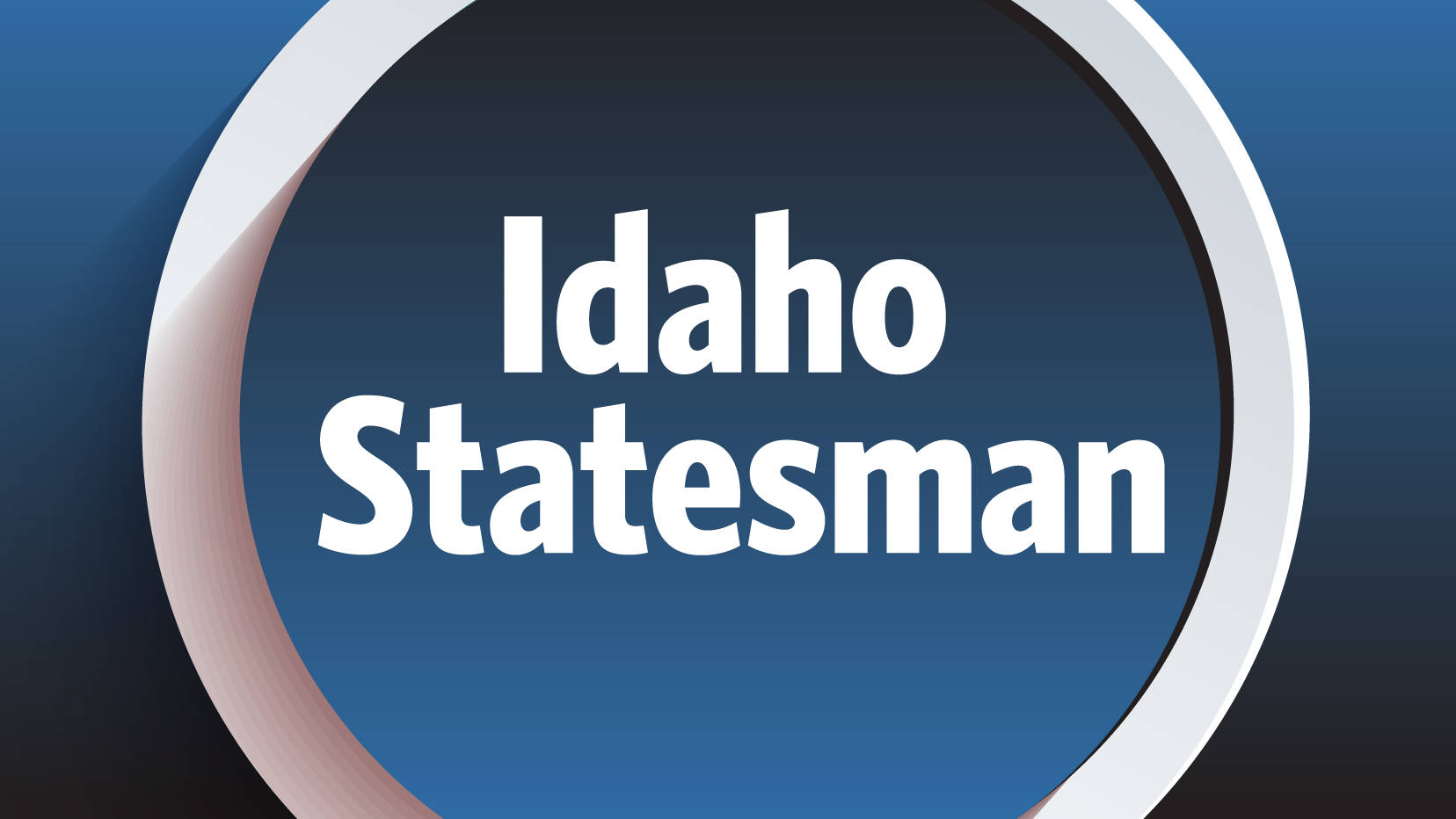Do you ever feel like there are too many types, pieces and parts to health insurance? To some extent, there are — however, the following are some basics that can help with a general understanding. For instance, there are two common types of health insurance: (1) governmental and (2) commercial for-profit.
The government is the largest provider of health insurance. It takes the form of Medicare, Medicaid and TRICARE. In general, Medicare is a federal program and serves the elderly and disabled. Medicaid, however, is state-specific and partially funded by the federal government and covers people with low incomes and/or the disabled. And TRICARE provides coverage for the U.S. military and their dependents.
Commercial for-profit insurance is what many of us are familiar with, and it includes fee-for-service (FFS) and managed care. For many FFS insurance plans, there is a deductible that must be met before the plan starts cost-sharing where it pays a percentage and you pay the remainder. (For example, after a deductible is met, a plan may pay 80 percent, and you may pay 20 percent.)
Managed care plans are often referred to as health maintenance organizations (HMOs), preferred provider organizations (PPOs) or Point-of-Service Plans (POSs).
Some common requirements of HMOs and PPOs are that you be assigned a primary care provider (PCP). Generally, this is a family practice or internal medicine provider who the insurance company considers responsible for your care (gatekeeper). If you need/want to see a specialist (not family practice or internal medicine), many plans require a referral from your PCP.
If you seek care from a specialist without your PCP’s referral, your insurance may not pay and you will be responsible for the total cost (emergency room care is the exception per the Emergency Medical Treatment & Labor Act). In addition, many plans establish a “network” or select group of providers, and your out-of-pocket costs (copay and/or coinsurance) are much less when you see “in network” providers versus out of network.
POSs do not require a PCP as a gatekeeper but often require you to seek care with providers in their network. Some PPOs do require a referral from a PCP if you want to see a specialist. And like HMOs and POSs, if you seek care outside the network, your out-of-pocket will be much higher.
What is a deductible? This is the self-insured portion that “you” are required to pay or meet before the insurance begins to pay. Typically, the deductible resets to zero at the anniversary of your plan. For example, if your deductible is $1,000, you are 100 percent responsible to pay the first $1,000 before insurance pays anything.
Also, there are several parts to health insurance in addition to a deductible. The premium is your monthly cost for the insurance and it varies based on several factors. Some common factors are how many people will be insured, what coverage options are selected (options have been somewhat standardized under the Affordable Care Act), the amount of the deductible and whether the coverage is part of an employer/group-based or individual (self-employed or purchased outside of a group).
A co-payment is usually a fixed amount you pay for covered health services at the time of the service. How does this work? When you make an appointment to see your doctor and you check in for your appointment, the doctor’s office has already verified your insurance and your co-payment amount so they will ask for the co-payment at that time. Also, depending on your plan, co-payments typically do not get applied to (do not reduce) your deductible or coinsurance.
Coinsurance is the balance after insurance has paid. In the 80-20 example above, the coinsurance would be the 20 percent portion that you are responsible to pay.
The impact of Affordable Care Act on commercial insurance has regulated many changes. For instance, pre-existing conditions are no longer a disqualifier to obtaining health insurance. At the same time and for a variety of reasons, deductible amounts have increased significantly for many Americans. In a lot of cases, the deductible has increased to many thousands of dollars, so people with minimal health issues, in essence, are fully funding their health care needs and paying premiums with little to no benefit from the insurance unless a costly health issue arises.
Many insurance programs change pieces and parts every year — oftentimes, on Jan. 1 (regardless of the plan start date). Don’t assume your plan remains the same forever. Your provider should notify you of changes, so don’t disregard mail from your provider as junk mail — read it to be sure (or call your provider around the first of the year).
As a patient with an insurance plan, it’s imperative that you fully understand the above concepts as they relate to your plan. The following are some questions to ask of your insurance carrier.
• What type of plan do I have?
• What services does it cover/does it NOT cover?
• What is my deductible and when does it reset?
• How do I check what I owe toward my deductible?
• What is my copayment amount and does it ever change?
• Am I responsible to pay a coinsurance and when?
• And how do I ensure every doctor I see is in-network?
• What if the doctor I want to see is out-of-network?
Again, insurance can be complicated and it can be very different between people. As challenging as it is, don’t just rely on your doctor’s office to answer all your insurance questions. They know insurance plans well, but the experts are at your insurance company.
So take the time to call your insurance company, ask questions, take notes, read your mail and get it in writing. Some surprises in life are nice, but being asked to pay more than expected when you visit a doctor isn’t a good surprise — engage and know what to expect.
Gregory S. Feltenberger (PhD, MBA, FACMPE, FACHE) is the CEO of Idaho Urologic Institute. He has more than 20 years of executive-level and administrative health care experience. Idaho Urologic Institute is based in Meridian with offices in Boise and Nampa.
Learn more at Idurology.com.









